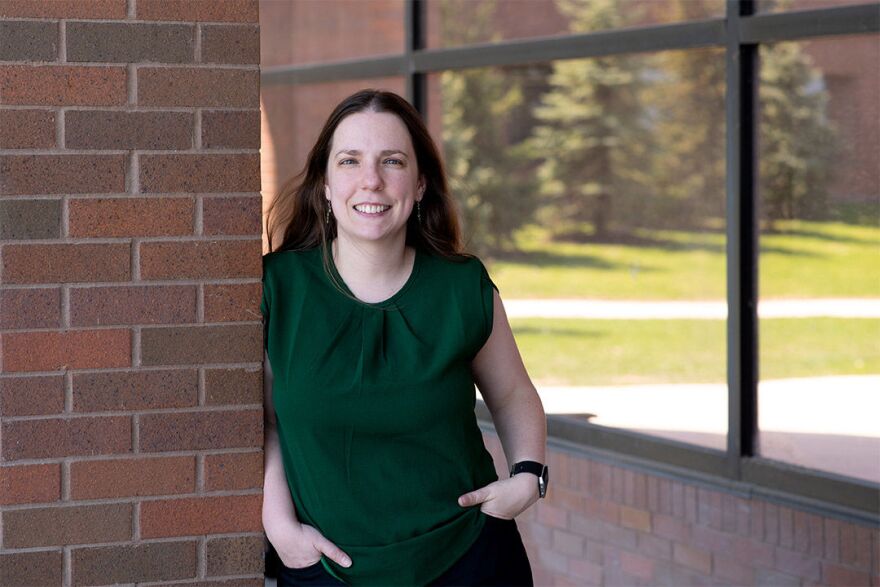
The $10 billion dollar James Webb Space Telescope launched Saturday morning from French Guiana on South America’s northeastern coast, riding a European Ariane rocket into the Christmas morning sky.
One of the main goals for the telescope is to look back almost to the beginning of time, to when the first stars and galaxies were forming.
NASA is partnering with the European and Canadian space agencies on the telescope project.
This is the most powerful observatory ever sent into space.
Jeyhan Kartaltepe is an associate professor and astrophysicist at RIT, and she is the principal investigator for that university’s involvement in the Webb telescope project. Several other RIT researchers and students have also been involved in the Webb telescope project.
Kartaltepe said this device is much more sophisticated than the older Hubble space telescope.
“One is the size of its mirror. So by being a larger size, it's able to collect more light, which allows us to study really faint things that we wouldn't be able to see with Hubble, it also allows us to resolve things into finer detail,” said Kartaltepe. “So the images will be sharper. And we can actually study physical structures in a way that we couldn't with Hubble.”
RIT researchers will be among the first scientists to be able to analyze data collected during the first year of the Webb telescope’s operation.
The telescope will also examine the atmospheres of planets orbiting stars closer to home.
Kartaltepe said that while some people might not immediately appreciate the need for the kind of deep space exploration that the Webb telescope will be involved in, many other people are naturally curious about where we came from and how human beings fit in to the overall universe.
“While studying things in deep space might feel very far removed, I think overall, people are very excited about projects like web because it helps us to make those deeper connections with the universe,” she said.
Kartaltepe emphasized the surveys taken by the new space telescope are all meant to be public resources, so data that is collected will be available to the public immediately.
L3Harris, which has substantial operations I Rochester, integrated components made by various partners to form the Optical Telescope Element, which will collect light and provide sharp images of deep space.
This story included reporting by the Associated Press.




